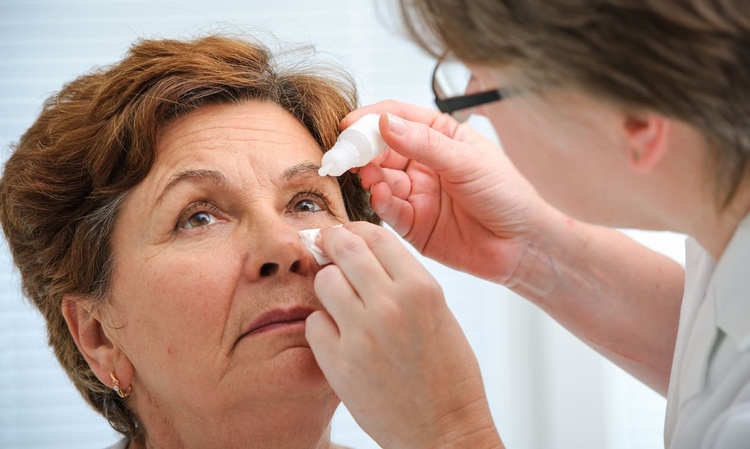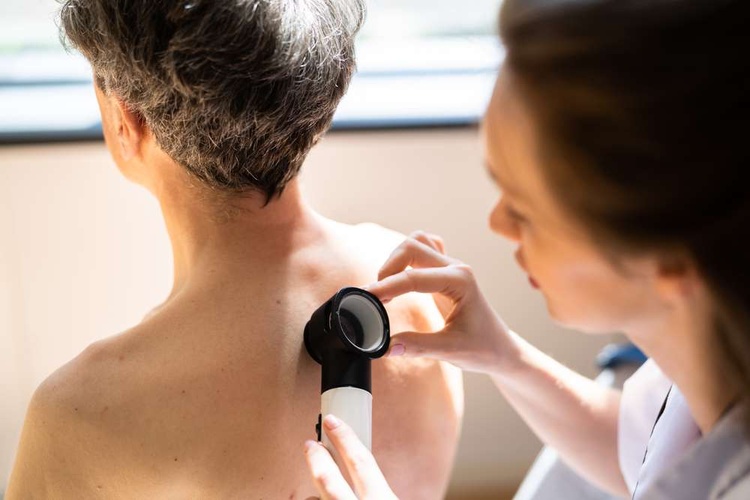Unlocking the Best Dry Eye Treatments: Effective Solutions for Comfort and Relief in 2025
Discover effective dry eye treatments to alleviate the discomfort and gritty sensation caused by this common condition. Artificial tears provide temporary relief by moisturizing the eyes, and options without preservatives are often preferred for frequent use. For chronic dry eye, pursuing prescription medications might be necessary to boost tear production and reduce inflammation. Natural remedies like Omega-3 supplements and increased hydration also offer benefits.

Dry eye syndrome occurs when tears fail to provide adequate lubrication for the eyes, resulting in a range of uncomfortable symptoms including burning, itching, redness, and blurred vision. This common condition affects approximately 16 million Americans and countless others worldwide, with prevalence increasing with age. As research advances, healthcare providers now have access to a wider array of treatment options than ever before, allowing for more personalized approaches to managing this chronic condition.
Understanding Dry Eye Relief Options
Dry eye treatment begins with understanding the underlying causes. The condition may result from decreased tear production (aqueous deficient dry eye) or increased tear evaporation (evaporative dry eye), often due to meibomian gland dysfunction. Each type requires different treatment approaches. Initial relief options typically include over-the-counter artificial tears, which temporarily supplement natural tear production and provide immediate comfort.
For mild cases, preservative-free artificial tears are often recommended as they cause less irritation with frequent use. Lubricating gels and ointments offer longer-lasting relief, particularly beneficial for overnight use when tear production naturally decreases. Environmental modifications also play a crucial role—maintaining optimal humidity levels, avoiding direct air flow to the eyes, taking regular breaks from screen time, and staying adequately hydrated can significantly reduce symptoms.
Exploring Chronic Dry Eye Treatment Medications
When over-the-counter options prove insufficient, prescription medications offer more potent solutions for chronic dry eye. Anti-inflammatory medications like cyclosporine (Restasis, Cequa) and lifitegrast (Xiidra) reduce inflammation on the eye surface and help increase natural tear production. These medications typically require consistent use for several weeks before patients experience maximum benefit.
Corticosteroid eye drops may be prescribed for short-term use to quickly reduce inflammation during severe flare-ups. Another option, cholinergic agents like pilocarpine stimulate tear production in certain patients. For those with significant eyelid inflammation (blepharitis), antibiotics may be prescribed either as topical ointments or oral medications to address bacterial overgrowth that contributes to dry eye symptoms.
Natural Remedies for Dry Eyes
Many patients prefer incorporating natural approaches into their dry eye management routine. Omega-3 fatty acid supplements have shown promise in improving tear quality by reducing inflammation. Studies suggest consuming 1,000-2,000 mg daily of combined EPA and DHA (found in fish oil) may help alleviate symptoms over time by improving meibomian gland function.
Warm compresses applied to closed eyelids for 5-10 minutes daily can help release oils from the meibomian glands, improving tear film stability. This can be followed by gentle eyelid massage to express the glands. Avoiding environmental irritants like smoke and minimizing contact lens wear time can reduce symptom triggers. Some patients also report benefits from herbal remedies such as eyebright herb and bilberry extract, though scientific evidence for these approaches remains limited.
Comprehensive Dry Eye Syndrome Solutions
Advanced treatment options for moderate to severe dry eye syndrome include procedural interventions that address underlying causes. Punctal plugs—tiny silicone or collagen devices inserted into tear ducts—prevent drainage of existing tears, keeping the eye surface more moist. These can be temporary or semi-permanent depending on patient needs.
Intense Pulsed Light (IPL) therapy has emerged as an effective treatment for meibomian gland dysfunction, using light energy to liquify blocked oils and reduce inflammation. LipiFlow, a thermal pulsation system, applies controlled heat and pressure to the eyelids to clear blocked meibomian glands. For severe cases, autologous serum tears created from a patient’s own blood provide growth factors and nutrients that standard artificial tears cannot.
Innovative Dry Eye Treatments for 2025
The landscape of dry eye treatment continues to evolve with promising innovations anticipated for widespread use in 2025. Neurostimulation devices like TrueTear stimulate tear production through gentle electrical pulses applied to nasal nerves. Nanotechnology-based drug delivery systems are being developed to provide sustained release of medications with fewer applications and side effects.
Regenerative medicine approaches using growth factors and stem cells show potential for repairing damaged ocular surfaces and glands. Additionally, researchers are exploring the role of the microbiome in dry eye disease, with targeted probiotics potentially offering a novel treatment avenue. Wearable moisture chamber glasses that create a high-humidity environment around the eyes represent another innovative approach for severe dry eye sufferers.
Comparing Dry Eye Treatment Options and Costs
Treatment selection ultimately depends on symptom severity, underlying causes, and individual response. Cost considerations often influence treatment decisions, as many advanced therapies remain expensive and variably covered by insurance.
| Treatment Option | Average Cost Range | Insurance Coverage | Duration/Frequency | |——————|———————|——————-|——————-| | OTC Artificial Tears | $5-$25 per bottle | Not typically covered | Used as needed, multiple times daily | | Prescription Drops (Restasis, Xiidra) | $500-$650 per month without coverage | Often partially covered | Twice daily, ongoing | | Punctal Plugs | $300-$600 per procedure | Usually covered | Semi-permanent to permanent | | LipiFlow Treatment | $700-$1,500 per session | Rarely fully covered | Effects last 9-15 months | | IPL Therapy | $400-$800 per session | Limited coverage | Series of 4 sessions recommended | | Autologous Serum Tears | $200-$600 per batch | Rarely covered | Used daily for 2-3 months per batch | —
Prices, rates, or cost estimates mentioned in this article are based on the latest available information but may change over time. Independent research is advised before making financial decisions.
Successful management of dry eye syndrome often requires a multi-faceted approach, combining different treatment modalities tailored to individual needs. While new technologies offer exciting possibilities, many patients find relief through a combination of conventional treatments, lifestyle modifications, and consistent eye care routines. Regular follow-up with eye care professionals remains essential for adjusting treatment plans as the condition evolves, ensuring optimal comfort and visual health for the long term.
This article is for informational purposes only and should not be considered medical advice. Please consult a qualified healthcare professional for personalized guidance and treatment.



